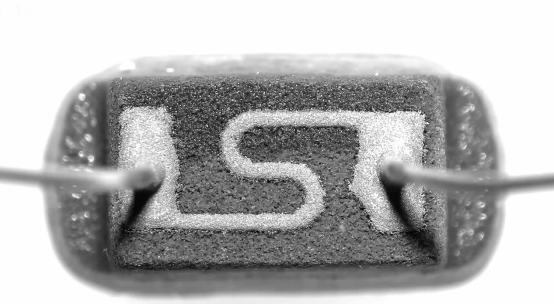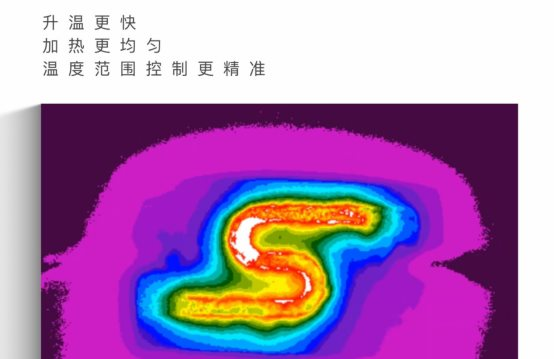With the development of science and technology, the way of atomization is becoming more and more diversified. As the "heart" of atomization technology, the atomization core determines the atomization effect and experience. Today, ceramics are dynamic in the field of atomization technology and are standard in high-quality atomization cores. So, what is the principle of ceramic fogging? What are the advantages of ceramic materials? In this article, we will lead you to explore the mystery.
Why ceramics?
Ceramics are not the only materials used in atomized cores in electronic nebulizers.
Fiber rope, organic cotton, nonwovens and other materials, have been used in the production of atomized core. Ceramics used in atomized cores are not the same as those we use on the table, they are special "porous ceramics".

This is a picture of a ceramic magnified tens of thousands of times, with hundreds of millions of micron holes like this in a ceramic core. This small ceramic material and metal film, which are spread over the microporous, form the core component of the electronic nebulizer.

Ceramic atomization core main components originated in nature, after high temperature sintering, the interior formed a lot of small micropores, the average aperture is equivalent to one-fifth of hair.

These tiny micropores are key to the stable conduction and locking functions of ceramic atomized cores. Due to surface tension and capillary action, the liquid can penetrate evenly into the atomized core and adsorbed to the atomized core surface.
Similar to activated carbon, porous ceramic materials have a strong adsorption, at the same time has a very good biocompativity. This is also one of the key factors in choosing ceramics as carriers.
What are the advantages of ceramic atomized cores?
Compared to the atomized cores made up of other materials, such as heating wire and fiber ropes, heating wire and organic cotton, ceramic atomized cores are characterized by faster temperature rise, better temperature uniformity and more precise temperature range control during heating. This can greatly reduce the production of aldehyde ketones during use, thus ensuring the safety of the use process.

Post time: Oct-11-2021